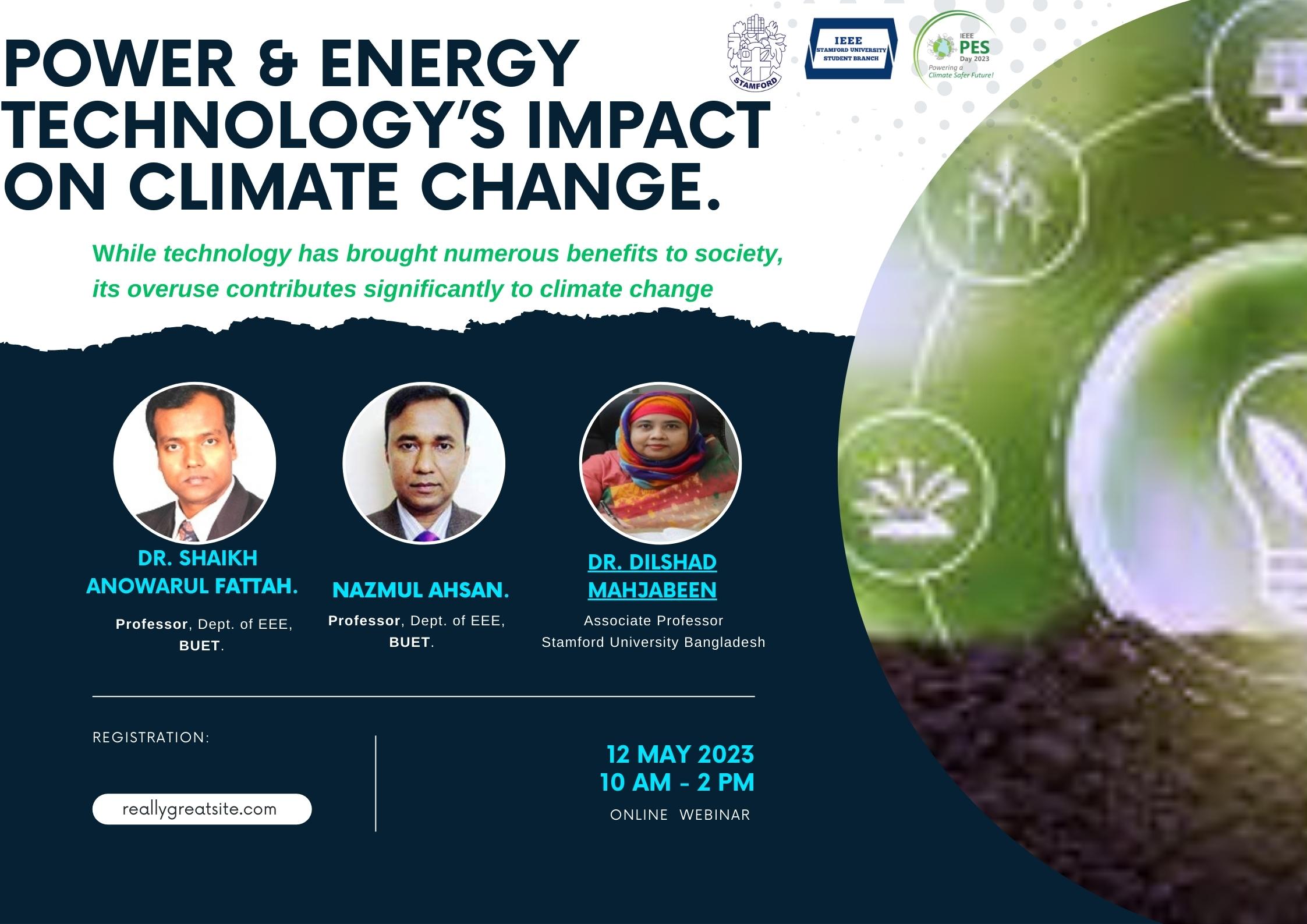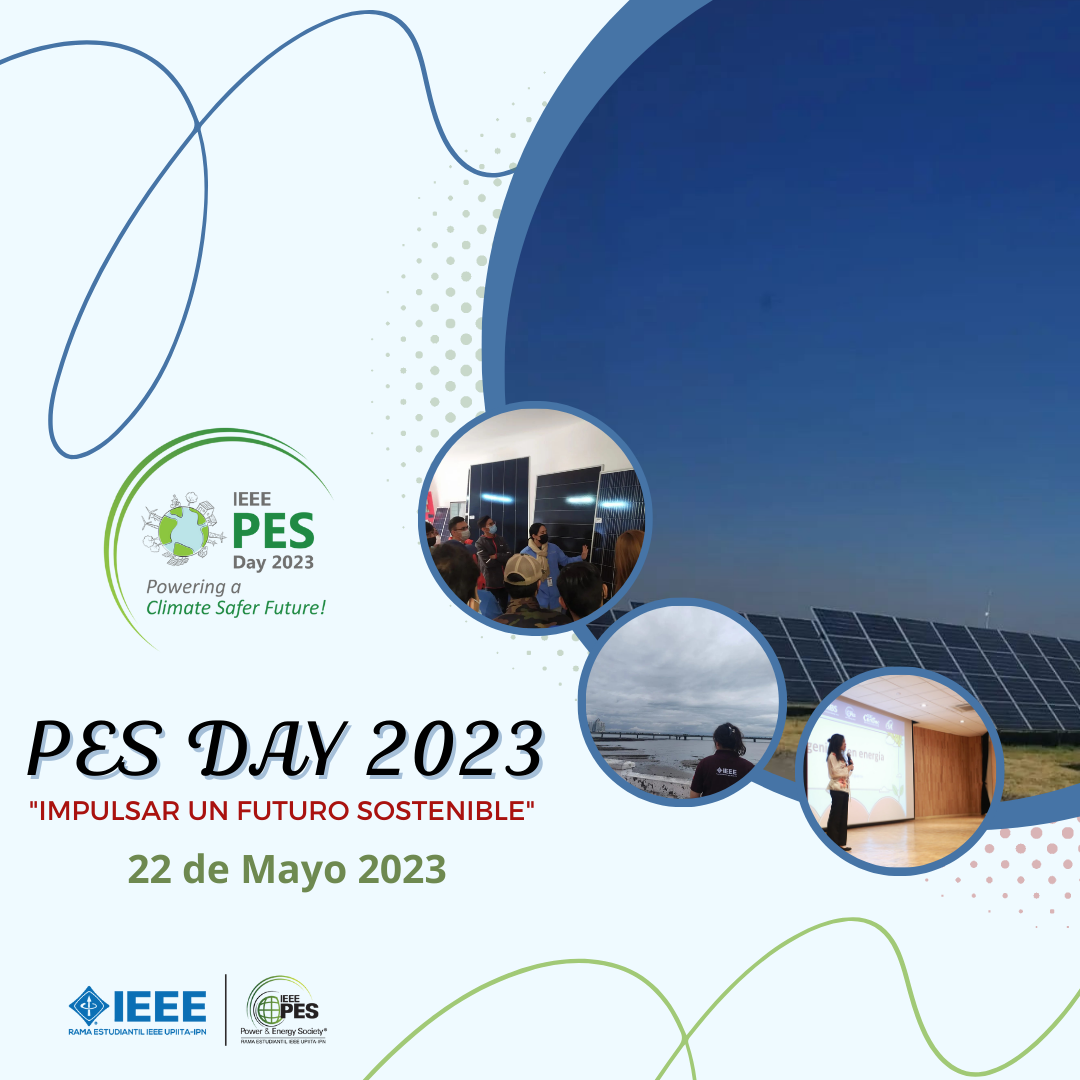Power & Energy Technology’s Impact on Climate Change.
onlineThe use of technology has undoubtedly made our lives easier and more connected. However, over-reliance on technology also contributes to climate change in several ways. Here are some of the most significant negative impacts of technology on climate change: 1. E-waste: Technology creates a lot of electronic waste (e-waste) when people dispose of outdated, unused, or broken devices. This waste contains hazardous substances like lead, cadmium, and mercury, which can pollute soil and water, harming the environment and human health. 2. Energy consumption: Modern technology requires large amounts of energy to operate, mainly from non-renewable sources such as coal and natural gas. This energy consumption results in increased greenhouse gas emissions, contributing to climate change. 3. Carbon footprint: Technology companies are notorious for their high carbon footprint, mainly due to the energyintensive manufacturing and production processes of electronic devices. Additionally, data centers and servers that support cloud services consume huge amounts of electricity, significantly contributing to CO2 emissions. 4. Air pollution: Technology involves burning fossil fuels, which releases air pollutants that can harm air quality and contribute to acid rain, smog, and other environmental problems. 5. Over-consumption: Technology has made it easier for people to buy more goods and services, leading to overconsumption and waste. For example, online shopping has led to increased demand for shipping and transportation, resulting in more emissions and energy consumption. 6. Depreciation of nature: The heavy use of technology has led to the depersonalization of nature. People spend more time engaging with technology than with nature, leading to a reduction in the value placed on the environment and the biodiversity it sustains. In conclusion, while technology has brought numerous benefits to society, its overuse contributes significantly to climate change. Therefore, it is essential to use technology responsibly and prioritize environmentally-friendly alternatives. Technology can have both positive and negative effects on climate change. On the negative side, technology can contribute to climate change by emitting harmful gases, increasing energy consumption, and accelerating deforestation. However, there are several ways to avoid the negative impact of technology on climate change, such as: 1. Renewable energy sources: Switching to renewable energy sources such as solar, wind, and hydroelectric power can reduce greenhouse gas emissions and prevent the depletion of fossil fuels. 2. Energy-efficient technologies: Using energy-efficient technologies such as LED light bulbs, smart thermostats, and energy-efficient appliances can reduce energy consumption and curb emissions. 3. Green transportation: Opting for electric or hybrid vehicles, using public transport, or cycling can reduce emissions caused by transportation. 4. Sustainable agriculture: Adopting sustainable agriculture practices such as crop rotation, organic farming, and using natural fertilizers can reduce the impact of farming on the environment. 5. Sustainable building design: Incorporating green building practices such as using sustainable building materials, designing energy-efficient buildings, and using renewable energy sources can help reduce the carbon footprint of buildings. 6. Carbon capture and storage: Utilizing carbon capture and storage technologies can help capture and store carbon dioxide emissions from industrial processes before they are released into the atmosphere. 7. Planting trees: Planting trees can help absorb carbon dioxide from the atmosphere and reduce greenhouse gas emissions. Overall, technology can have a significant impact on climate change, but by adopting sustainable practices and utilizing clean and green technologies, we can help mitigate the negative impact of technology on the environment
PES DAY UPIITA-IPN 2023
Av Instituto Politécnico Nacional 2580, La Laguna Ticoman, Gustavo A. Madero, 07340 Ciudad de México, CDMX, México Av Instituto Politécnico Nacional 2580, La Laguna Ticoman, Gustavo A. Madero, 07340 Ciudad de México, CDMX, MéxicoThe PES DAY UPIITA-IPN seeks to disseminate projects of interest based on environmental and climatic causes that seek to make a difference in our country, as well as to bring students closer to industry and research, giving way to job and social opportunities.
Introduction to energy efficiency: optimizing the use of natural resources and reducing economic costs.
The Islamic University of Gaza, Gaza, Palestine The Islamic University of Gaza, Gaza, PalestineI. Introduction Brief overview of the importance of energy efficiency and the goals of the workshop. II. Understanding Energy Efficiency Definition of energy efficiency and its benefits. Explanation of how energy efficiency differs from energy conservation. Examples of energy-efficient technologies and practices. III. Energy Efficiency in Buildings Importance of energy-efficient buildings and their impact on energy consumption and carbon emissions. Strategies for improving building energy efficiency, such as insulation, air sealing, and high-efficiency appliances. Case studies of energy-efficient buildings and their benefits. IV. Energy Efficiency in Transportation Overview of sustainable transportation options, such as electric vehicles and public transit. Strategies for reducing transportation-related energy consumption, such as carpooling and active transportation. Case studies of sustainable transportation initiatives and their benefits. V. Energy Efficiency Policies and Programs Explanation of government policies and programs that promote energy efficiency, such as energy efficiency standards and financial incentives. Overview of private-sector initiatives, such as green building certifications and sustainable supply chain practices. Examples of successful energy efficiency initiatives and their impact. VI. Overcoming Barriers to Energy Efficiency Discussion of common barriers to energy efficiency, such as lack of awareness, high upfront costs, and market barriers. Strategies for overcoming these barriers, such as public education, financing options, and innovative business models. Case studies of successful energy efficiency projects that have overcome these barriers. VII. Action Planning Discussion of steps that individuals and organizations can take to improve energy efficiency in their homes, workplaces, and communities. Action planning exercise to develop a customized energy efficiency plan. VIII. Conclusion Recap of key concepts and takeaways from the workshop. Call to action for participants to implement energy efficiency measures in their daily lives and work.
Future of Mobility
Google Form ( not prepared yet )
The Future Of Mobility
Google Form (not prepared yet)
POWER UP MEXICO CONGRESS COLABORACIÓN CON EL COMITÉ DE CAPITULOS ESTUDIANTES MÉXICO
https://events.vtools.ieee.org/event/register/416065
Turn to electrification
No now
Sistemas de recarga para vehículos eléctricos y sus impactos en la red
https://events.vtools.ieee.org/tego_/event/manage/416858
Spark fix
https://docs.google.com/forms/d/e/1FAIpQLSdcrnQ_gPS5IHp0hIBpS0PDuAK915kRcwN1O6sRjVsYcX3B2w/viewform
Power Play
https://forms.gle/LYARvCinmmEk9pK76


